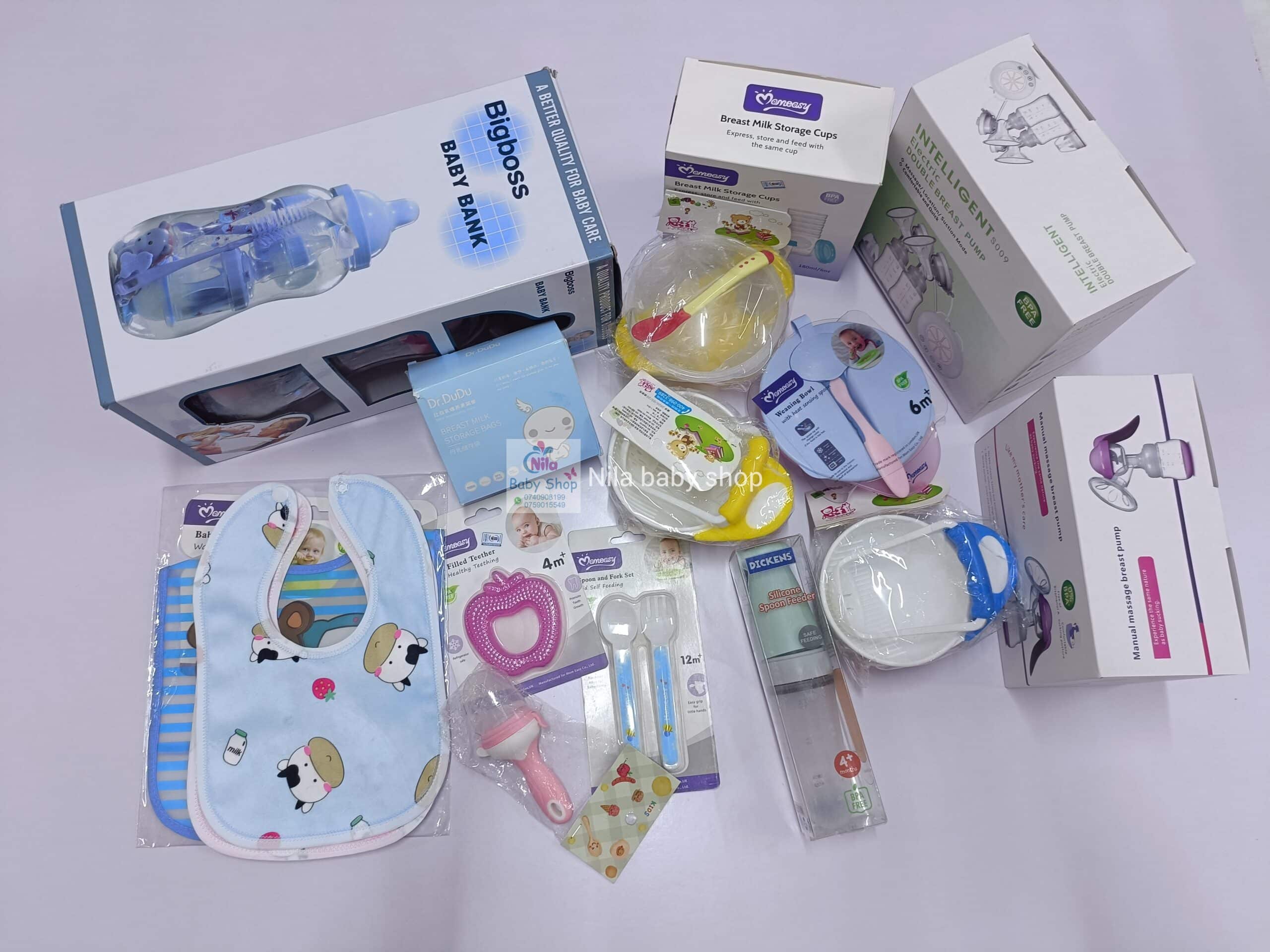
Nila Baby Shop
Nothing is more fundamental in parenthood than feeding your child. There are, however, decisions to be taken even while breastfeeding. Medical experts now advise exclusively breastfeeding for the first six months, then continuing to breastfeed while solid meals are introduced. Breastfeeding women are entitled to assistance and consideration in society and the workplace, but they do not always receive it. On the other hand, mothers may feel incompetent if breastfeeding is challenging or if they are unable to follow the requirements. As a parent, you must do what is best for you and your family, and if continuous breastfeeding is not an option, any quantity of nursing is beneficial to your kid. As kids grow, their choices and decisions expand; the first year of solid food consumption may be a fantastic time to introduce various foods to infants. By delivering repeated samples, you may discover that baby’s palates broaden.
Babies’ eating habits vary greatly; some are ravenous and vegetarian, while others are highly demanding and hard to feed. Allow them to feed themselves as quickly as possible and as much as possible; they will learn about texture, taste, and independence by “playing” with their food. Include the social components of eating from the start so that toddlers think about food in family time and when they see other close relatives consume nutritious meals while conversing and interacting together. (Youngsters should not eat while watching television). Don’t create memorable meals for a fussy toddler, but don’t turn mealtime into a battleground.
Here are some suggestions to consider:
- Discuss “consuming the rainbow” and putting various colors on their plates (orange-flavored, hot peppers, and yellow corn).
- Introduce them to the supermarket or the gardener’s shop and let them choose something new to try.
- Allow them to assist in the kitchen.
- Be willing to try new things with the meals they like (peanut butter on almost anything, tomato sauce on vegetables, etc.).
- Some kids will eat nearly anything in a pie or on top of spaghetti.
- Give everyone a taste of what they’re eating.
- When your youngster refuses to eat everything presented, choose some trustworthy fallback options.
Most important, urge your youngster to continue tasting; don’t dismiss anything after a few attempts. And if your youngster has a favorite green vegetable, it’s OK if that veggie appears frequently. Even as they go through the biological changes of teenage years, older kids value family meals. Maintain as much of that social context for food as possible, even as your schedule becomes more complicated in middle and high school. Keep the family table a no-screen area and talk and eat together. Some families found that the pandemic provided more opportunities for family meals, which helped them get through the difficult times. However, if recent stressors have driven your family toward more snacking and fast food, remember that you are not alone. Resetting as a family, stocking nutritious items in the house, eating together, and connecting over food will always be beneficial.
Written by Nila Baby Shop
Best Baby and Mother Products Store. Our main objective is to provide an exceptional online shopping experience, home delivery, and prompt customer service.
Leave a Reply